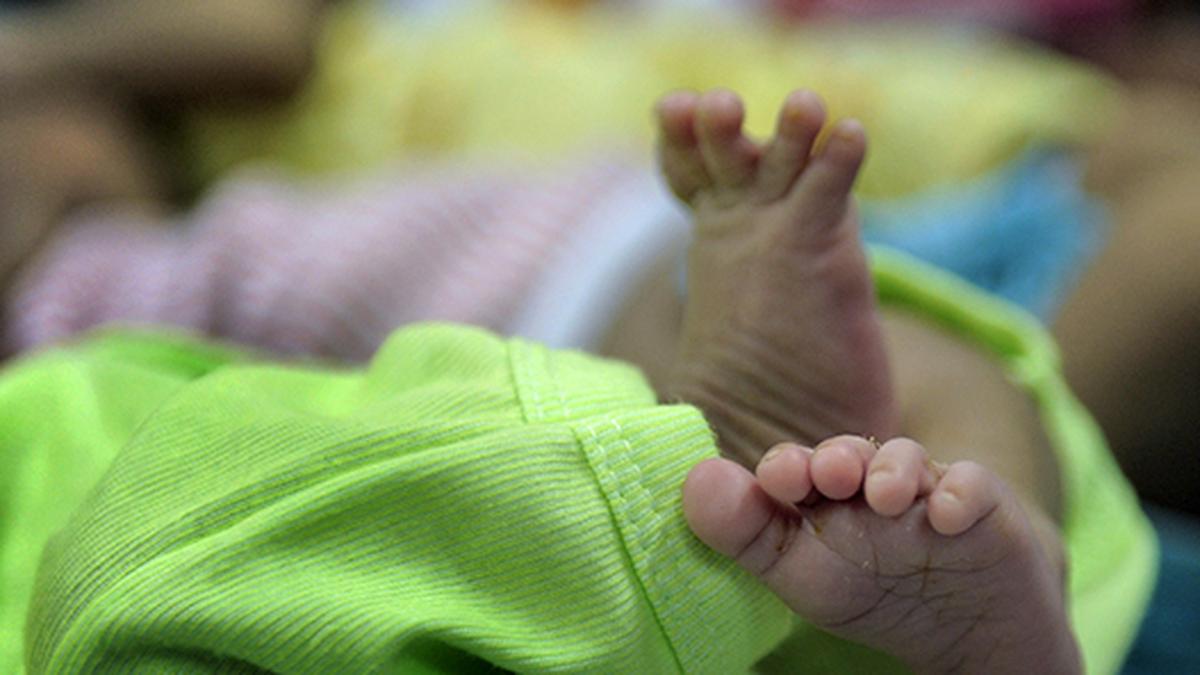
Why are fertility levels declining in India? | Explained Premium
The Hindu
Comprehensive analysis shows global fertility declining, raising concerns about political, economic fallout and demographic transition in southern states.
The story so far: A comprehensive demographic analysis of global fertility in 204 countries and territories from 1950-2021 has found that fertility is declining globally and that future fertility rates will continue to decline worldwide, remaining low even under successful implementations of pro-natal policies.
The Global Burden of Diseases, Injuries, and Risk Factors Study (GBD) 2021, noted that India has moved from a fertility rate of 6.18 in the 1950s to a Total Fertility Rate (TFR) of 1.9 in 2021. This, it pointed out, was below the replacement fertility level of 2.1 (which is the average number of children a woman should have to replace herself and her generation, for population stability). The GBD study projected that the TFR could fall further to 1.04 — barely one child per woman — by 2100.
The steep fall in fertility levels has triggered concerns about the political and socio-economic fallout, especially in the southern States, which fear the loss of parliamentary seats post the delimitation exercise in 2026.
Even though the country has had one of the oldest birth control/family planning programmes, increased female literacy, workforce participation of women, women’s empowerment and improved aspirations could have contributed more to the steady drop in fertility rates over the decades than the faithful adoption of family planning initiatives.
The decline in fertility rate has also a lot to do with changing societal attitudes towards marriage and reproduction, with women increasingly exercising their choice. They often prefer to marry late or not at all, often choosing career and financial independence over motherhood. Rising rates of infertility in both men and women and abortions are important factors which could be contributing to this decline in fertility though no absolute data is available. With an increasing number of young men and women opting to go abroad for higher studies and jobs and choosing to settle down and raise their families there, migration is another key factor that could be in play when one considers the decline in fertility levels.
Also Read | India may face economic trouble as fertility levels drop
Declining fertility rates have resulted in a rapid demographic transition in many southern States. The consequences of this — an ageing population, a declining young workforce and increased demands on healthcare and social security measures for the care of an increasing population of the elderly — are being acutely felt in States such as Kerala. Migration of youngsters in search of better prospects is also an issue.













